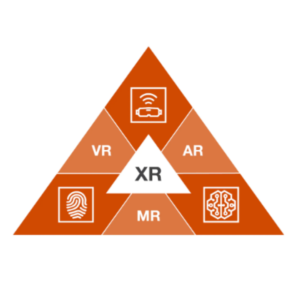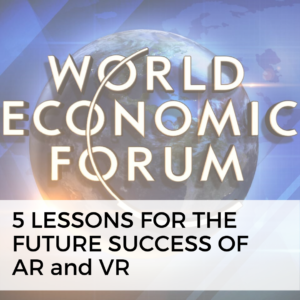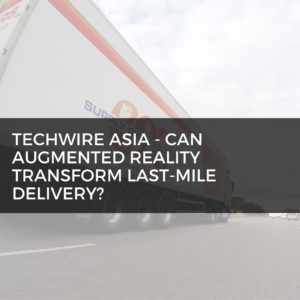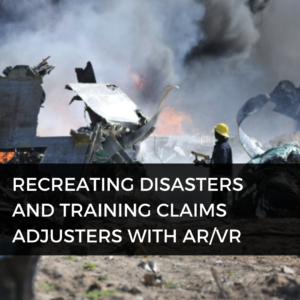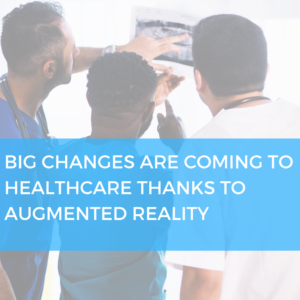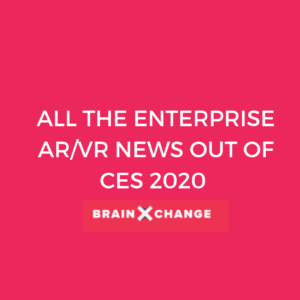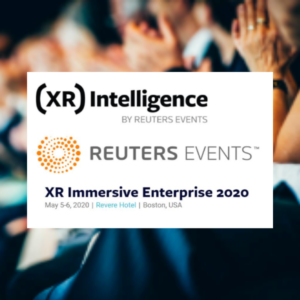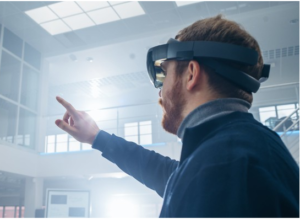Companies on a hiring spree for coders in AR and VR
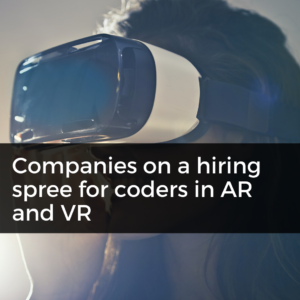
“It’s a good time to be a software engineer. And it’s an even better time to be a software engineer who can build virtual or augmented reality.”
In the past few years, major tech companies like Google, Facebook, and Apple have been investing in virtual reality (VR) and its sibling technology, augmented reality (AR). Google just released a new “Live View” option in its popular Maps app that uses AR tech to superimpose information onto your field of vision as seen through a smartphone camera. We’ve seen similar examples of simple AR use cases, like the Ikea Place app, which works with your smartphone camera so you can see what certain pieces of furniture might look like in your house. Google is also continuing to improve its ARCore platform so that almost any phone can do things like measure depth.
Better hardware will undoubtedly unlock a lot of transformative potential for virtual reality — but even more so with augmented reality. Rumors suggest that Apple will release its first AR headset in 2023. Facebook, which sells its own line of Oculus virtual reality headset products, is also betting on augmented reality. Mark Zuckerberg has said he thinks there will be an AR “breakthrough” in the next decade on the technology, and Facebook is investing heavily in the field to be the company to do that. And Microsoft’s new HoloLens 2 is being used for industrial applications like training Airbus cabin crews in virtual airplanes as well as, more controversially, military applications, including helping US soldiers prepare for combat.
The rise of AR
When it comes to the potential of virtual reality technology versus augmented reality, it’s increasingly obvious that AR is where there’s broader popular appeal. While the reach of VR is limited to gamers who wear headsets, major tech companies see VR as a gateway to more wide-reaching possibilities of AR technology. The idea is that AR can reach widespread adoption in our everyday lives, as it does with the new Google Maps feature.
As it stands now, popular AR is app-centric — think Pokemon Go or the Ikea app that lets you envision new furniture in your living room. Both are popular apps, but they’re experiences that you must consciously log into and experience through a smartphone screen. A true AR revolution would be one where the technology seamlessly integrates into our lives without any effort. But the hardware isn’t quite there yet. The gadgets that exist now, like Magic Leap or HoloLens, may be getting closer to the dream of effortless AR, but so far they’ve been proven imperfect for the average human.
It should be noted that anticipation for AR’s big breakout moment has been building for the better part of a decade. Google tried to make AR for everyone — or at least those who could afford a $1,000 gadget — nearly six years ago with Glass, a wearable device that put a small display in front of the user’s eye. The product never reached widespread adoption, though the headset has seen some success in enterprise applications.
Many think Google Glass was ahead of its time, although the technology wasn’t advanced enough yet to justify wearing a Matrix-looking set of glasses on your head all day. With its focus on design and usability, Apple could revolutionize the AR headset space if it indeed builds a product. Others like Microsoft and Facebook are racing to do the same.
Facebook currently has more than 3,000 jobs on its career page with the term “AR/VR.” Apple, Amazon, Microsoft, and Google have a total of about 1,000, depending on what variations of AR/VR keywords you use. A Facebook spokesperson said it currently employs “thousands” of people who work on AR/VR and plans to move its AR/VR teams to a new campus that will seat approximately 4,000 employees
“Demand is outstripping supply,” Hired CEO Mehul Patel told Recode.
There’s been a 1,400 percent growth in interview demand for AR/VR engineers in the past year, according to Hired. The company conducted a study that analyzed thousands of listings and companies in its annual state of software engineers report.
The average salaries for these positions in major US tech hubs range from $135,000 to $150,000.
While the growth for AR/VR jobs may seem extreme, Hired said it mirrors the 517 percent annual growth in demand for blockchain engineers in 2018. Last year, however, the demand for blockchain engineers had slowed to 9 percent.
But while the blockchain craze may have slowed down, the number of AR/VR projects is only expected to increase in the years to come. In terms of the promise of big growth, software engineers tend to agree. Some 74 percent of those surveyed in Hired’s report said they think we’ll see the full impact of AR/VR within the next 5 years.
Meanwhile, plenty of other data points show how the technology industry is betting — and spending big — on AR and VR.
